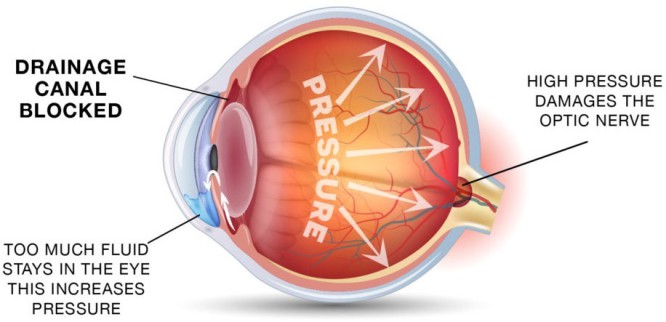Glaucoma Awareness Month

Maybe you have it or perhaps a loved one has been affected by it. Perhaps you’ve only heard of it by name but don’t understand what it really is. We’re talking about glaucoma. And it’s important for adults of all ages to understand what it is, how you can detect if you have it, and what your treatment options are. January is National Glaucoma Awareness Month and we’re here to help educate you about this eye disease.
Glaucoma is a disease that causes progressive damage to the eye’s optic nerve. Typically, fluid builds up in the front of the eye which causes the damage to the optic nerve.
The most common type of Glaucoma is open-angle glaucoma, which has no symptoms. People with open-angle glaucoma experience gradual increases in their intraocular pressure that does not immediately affect their vision.
One way to know if you have glaucoma is to have an annual comprehensive exam. During a comprehensive eye exam, your doctor will check your eye pressure as well as dilate your eyes. This will allow them to more clearly examine your retina and optic nerve for any damage. Glaucoma cannot be cured, but if it is diagnosed early and immediately treated, your chances of delaying or stopping its progression greatly increases. We recommend having a comprehensive eye exam at least once a year, but speak with your ophthalmologist to ensure your frequency is fit for your personal eye health and condition.
Some other considerations:
People who are most likely at high risk for glaucoma include those with diabetes, with a family history of glaucoma, or African Americans over the age of 40, and Hispanic/Latino people over the ago of 60.
If you begin to have blurry vision, don’t wait. Call us today! Your vision may depend on it.
For more information, watch the video below: